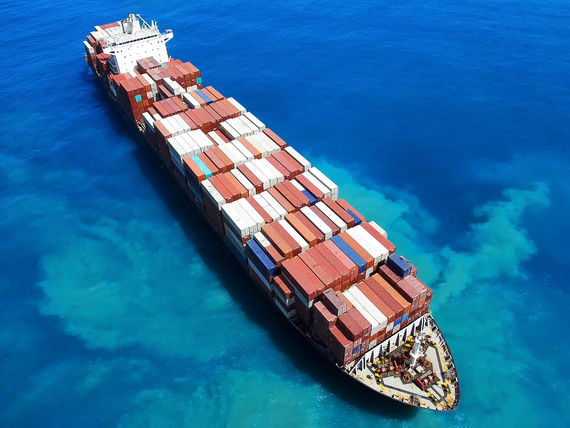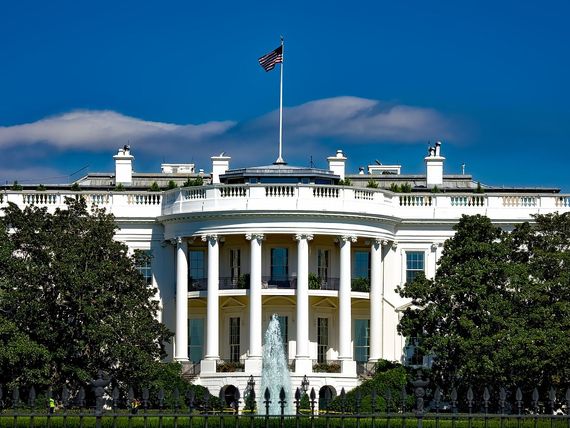8 steps for navigating the ever-present uncertainty in today's supply chains


PSA BDP
We have all heard many of the famous quotes about planning, “A goal without a plan is a wish," "By failing to prepare, you are preparing to fail," and they are indeed true statements. In our studies and textbooks for supply chain management, we are taught to develop our plans and execute them to be competitive in the global markets. However, what is not taught in class or in our textbooks is how to be prepared for the uncertainty that constantly confronts us in today’s world.
You might argue that the topic of risks is taught and that they are prevalent and must be managed and minimized. While this is true, keep in mind this involves the risks that are we are inherently aware of. Dealing with uncertainty in the supply chain is a different category that we need to take hold of and develop a serious plan to navigate through the rough waters.
In 2020 and 2021 global supply chain issues that faced companies around the world made their way to the senior leadership tables for discussion and some major decision making. Uncertainty also made its way into the decisions and created many new ways to approach the multiple issues over several long periods of time.
So, what are these uncertainties that surfaced in the decision making? Uncertainty in the costs of freight moving from origin to destination, in all modes of transportation, air, ocean, truck, and rail. Uncertainty as to “when” our goods would arrive at our supply chain, whether they are a component to finished product or finished goods that are then available for sale. The uncertainty that our customers will be able to purchase our products and at the end of the day. And of course, how long will all of this uncertainty that exists last?
These issues then extended further into our management decisions, how much safety stock do we have in all the locations around the world, and how quickly could try to replenish our most critical components?
In 2021 we learned many new methods now to manage these areas of uncertainty and we will be better off once we take a moment to re-think our actions and decision making and make them a part of our 2022 and beyond management methods for our supply chains.
We need to now make a plan that will allow us to cut through some of the congestion and relationships that have been put together.
The following plan should be thought out and developed based on the specific needs of your company and of course, end customers. Think about the following items that can help you address what issues may arise for your business next year:
- Re-check all relationships that have been long-term to ensure that they are future-looking.
- Check into possible new relationships that began to see if any possible expansion could take place.
- Reflect on past successes or your achievements that you implemented in 2021 and see if they will work again for you in 2022.
- Develop new skills for negotiating and/or problem-solving and never ever stop learning; 2021 taught us many new ways to overcome barriers.
- Avoid dwelling on things you can't control, you cannot and never will be able to control all factors in the supply chain-however, you can implement new ways of managing suppliers and vendors.
-
Take your own advice! Yes, trust your instinct and your experience to make the decisions today that will benefit you tomorrow.
-
Instead of trying to predict what might happen, switch your attention to what’s happening right now.
-
Accept that you don't have all of the answers and lean on others to work with you when the time is right.
And remember, the only certainty in life (and supply chains!) is that there will be uncertainty. The solution lies in how you choose to prepare and respond.


